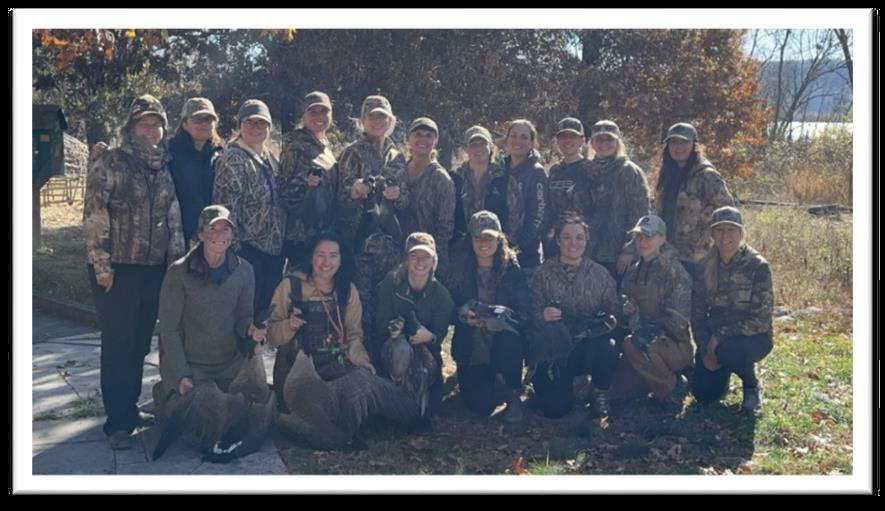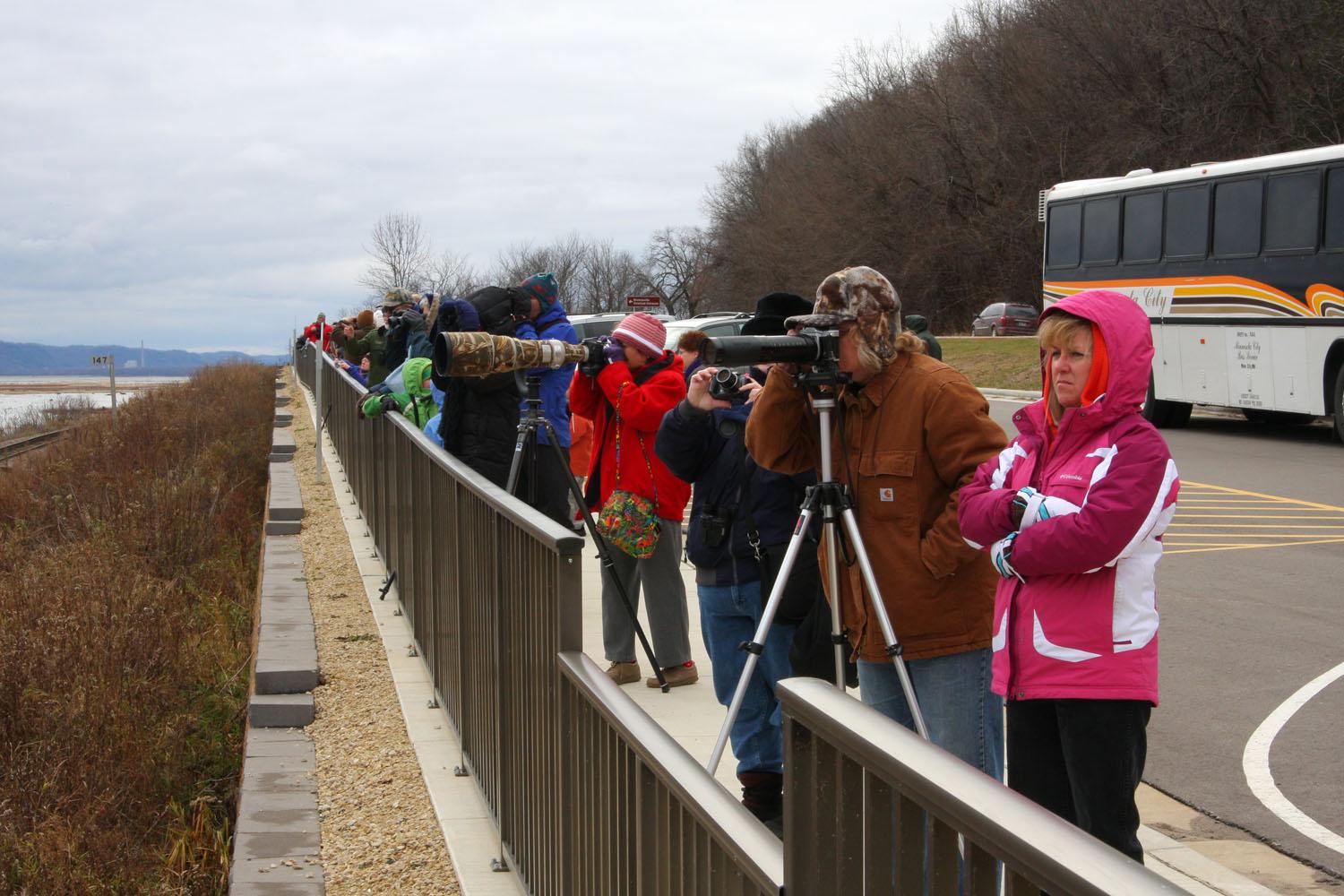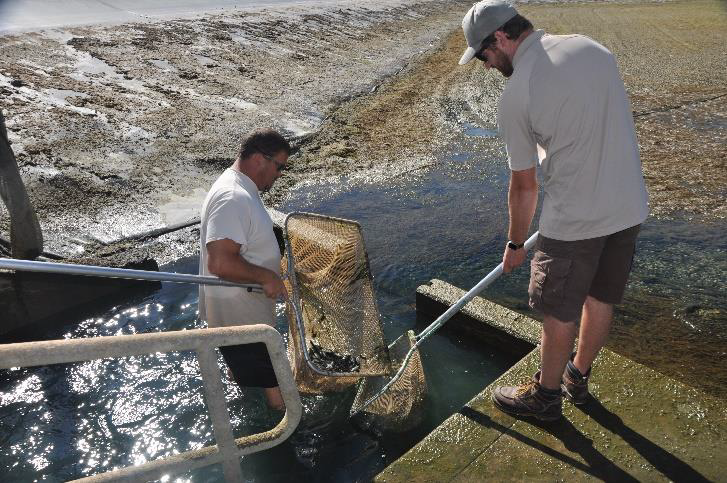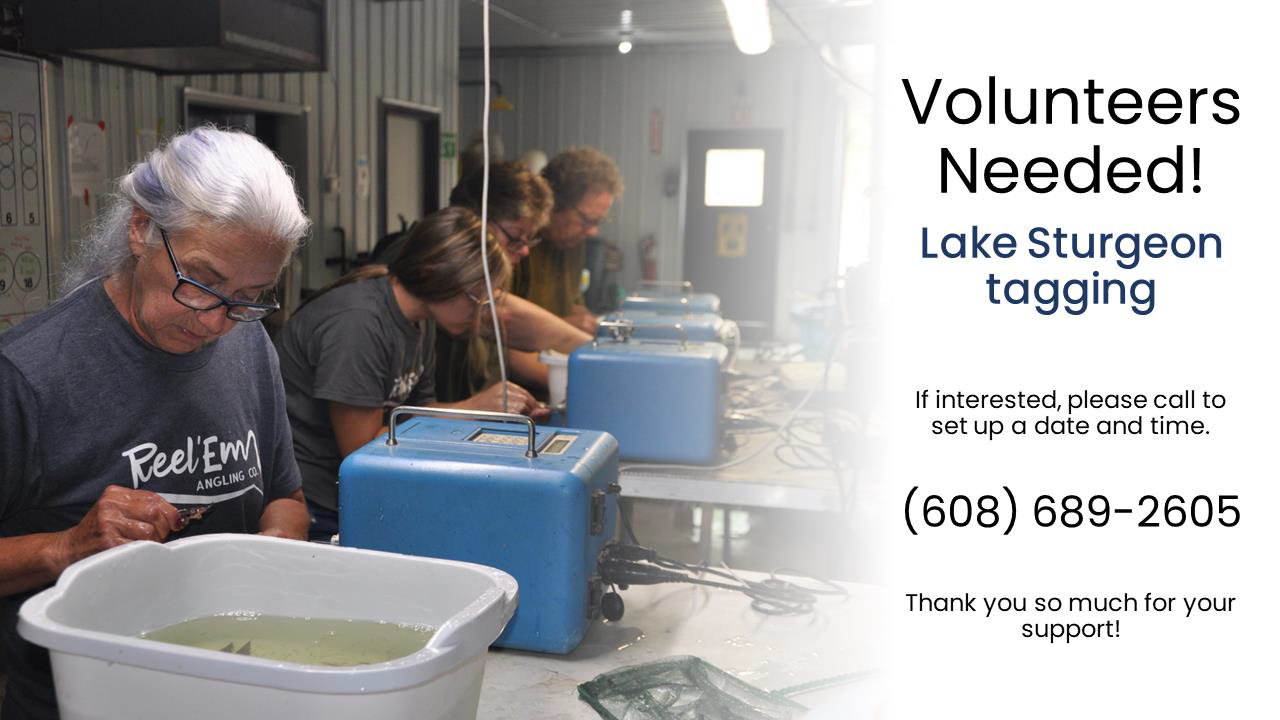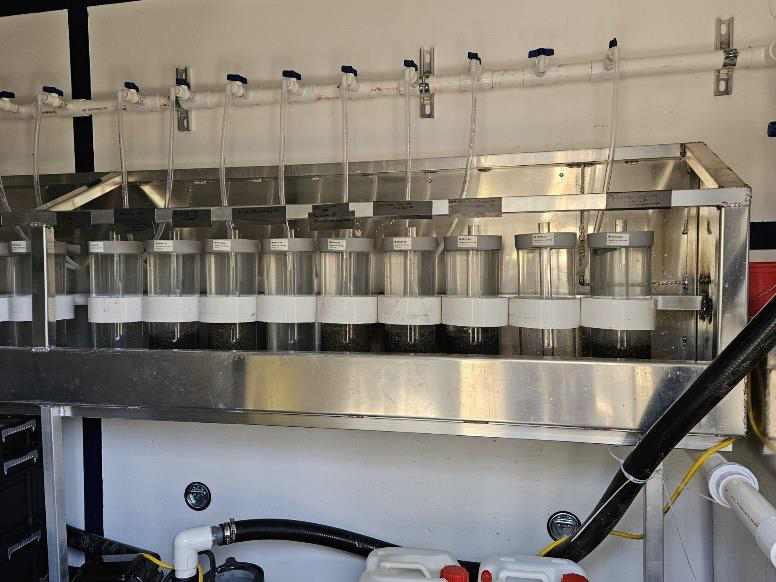Each fall, the previous year’s cohort of Hine’s Emerald Dragonfly larvae are packed up and transferred to overwintering culture systems at the University of South Dakota, and at the same time the new year’s cohort of eggs arrives. The larvae that we cultured at Genoa NFH were collected as eggs in August 2023 in a severe drought, conditions that led to a limited number of Hine’s Emerald females being collected and much reduced number of eggs in the cohort. The hatching success of this cohort was also lower than previous years, but they grew well and had good survival through the later culture stages over the summer. In total, 66 larvae from the 2024 growing season were transferred for over-wintering.
The current cohort were collected as eggs in August of 2024. Water levels were low and conditions were dry this summer, but an increase in collection efforts by project partners led to a more typical number of eggs being collected from the population. The eggs that Genoa NFH received are currently in chilled ‘winter conditions’, where they’ll stay until late March/early April, when they’ll be slowly warmed to spring hatching temperatures.
By: Beth Glidewell
2024 Hine’s Emerald Dragonfly hatch (top) and end of season (bottom). Photo credit: USFWS



